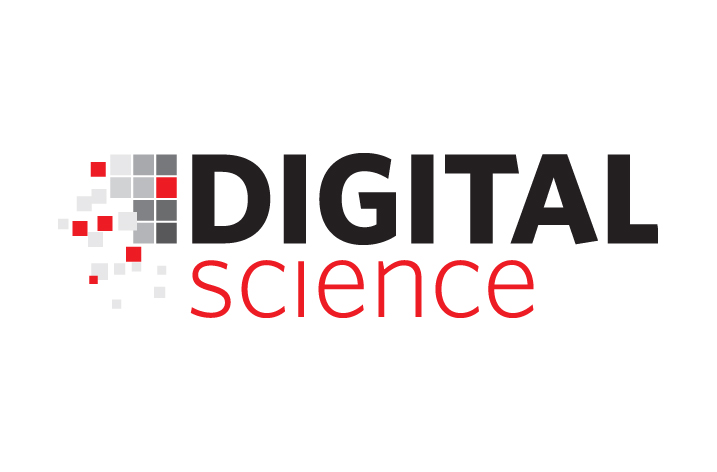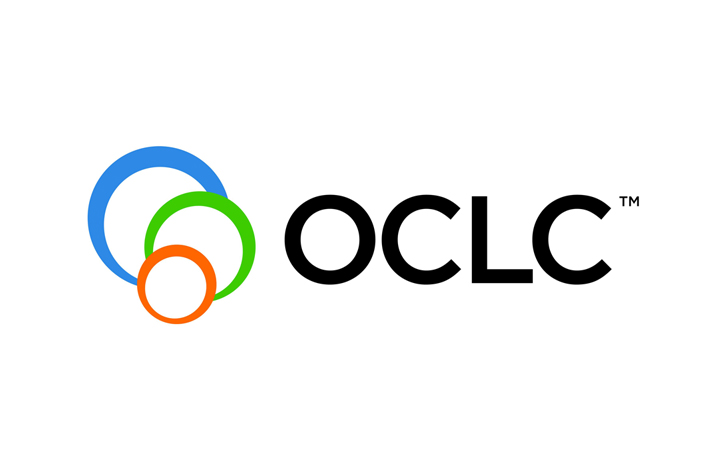
ProQuest has introduced an enhanced platform interface that makes it easier for users to complete their research tasks. Driven by deep analysis of researcher behaviours on the ProQuest platform, extensive testing with users and librarians, beta testing with a variety of customer development partners, and large scale A/B testing, the enhancements make discovery and access of ProQuest’s rich, diverse content more intuitive and effective.
“ProQuest’s goal is to continually improve users’ research experiences,” said Allan Lu, ProQuest vice president, Research Tools, Services and Platforms. “We’re committed to deeply understanding their research workflows so we can identify barriers and bottlenecks that delay their success. We’re very excited about these enhancements because they make the user experience simpler and more productive.”
Pages have been redesigned with simplified layouts that enable users to focus on the content and tools they need to complete their research tasks no matter what type of device they’re using. In fact, displays will automatically scale to the size of the user’s device and remove non-essential functionalities to ensure ease of use and access to content.
Improved document viewing delivers a better reading experience and search results are now easier to navigate, especially for those users accessing ProQuest content from other discovery services such as Google Scholar and Ex Libris’ Primo. Sandy Barstow, Collection Development Director at University of Wyoming, defined the interface as “cleaner and more responsive.”
The enhancements are powerful, but according to Stephen Ayre, Clinical Librarian at George Eliot Hospital NHS Trust, “don’t disrupt users” familiar with the former interface.
Throughout 2015, ProQuest is streamlining and innovating numerous products that touch the spectrum of research, from point of funding through discovery, accessibility and management, evolving the research experience as only ProQuest can. All the changes have been developed in consultation with librarians and tested by users to ensure meaningful, significant advances.
























